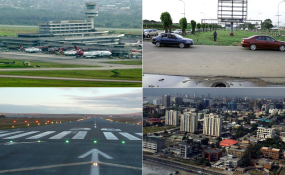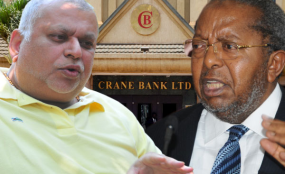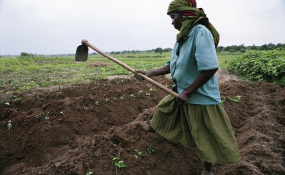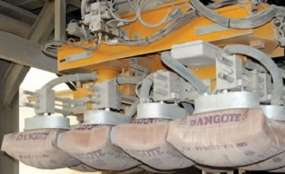The reconstruction of Murtala Mohammed International Airport Road from Oshodi end and the 181 inner roads earlier advertised for reconstruction would begin in September, the Lagos State governor, Mr. Akinwunmi Ambode, yesterday revealed.
Addressing residents and party faithful at the third quarterly town hall meeting for 2017, Ambode said the 10-lane road would be one of international standard fit for an international airport.
Also at the town hall meeting were the Oba of Lagos, Rilwan Akiolu; the deputy governor, Dr. Idiat Adebule; majority leader of the House of Representatives, Femi Gbajabiamila, members of the State Executive Council, members of the House of Assembly, top government functionaries, party chieftains, and traditional rulers, among others.
Explaining the delay in the commencement of the 181 inner local government roads advertised earlier in the year, the governor said when the roads were advertised, a dollar was N490 which is now about N360 and because he wanted value for tax payers money, there would be a new bidding process expected to start in few weeks time, while commencement of the construction of the inner roads will start towards the end of September.
Ambode asked Lagosians to be patient with his administration on waste management as the Cleaner Lagos Initiative is a good plan to ensure the city is clean, safe and secured. He said it is the reason he told all the newly elected chairmen of local councils to take as a priority the cleaning of their environment.
Some residents who spoke complained about not feeling government’s presence in their area. One of them complained of the abandoned general hospital in Ogombo, Ibeju-Lekki LCDA. Another, Mrs. Abiodun Dina, said the roads within her Co-operative Estate are in deplorable state, principally due to activities of dredgers and their trucks. The governor promised to intervene on all the issues.
The Oba of Lagos urged residents to pay their taxes, as it is critical to government fulfilling its duties to the people. He said he leads by example as he has paid about N150 million as tax between 2008 and 2015.










